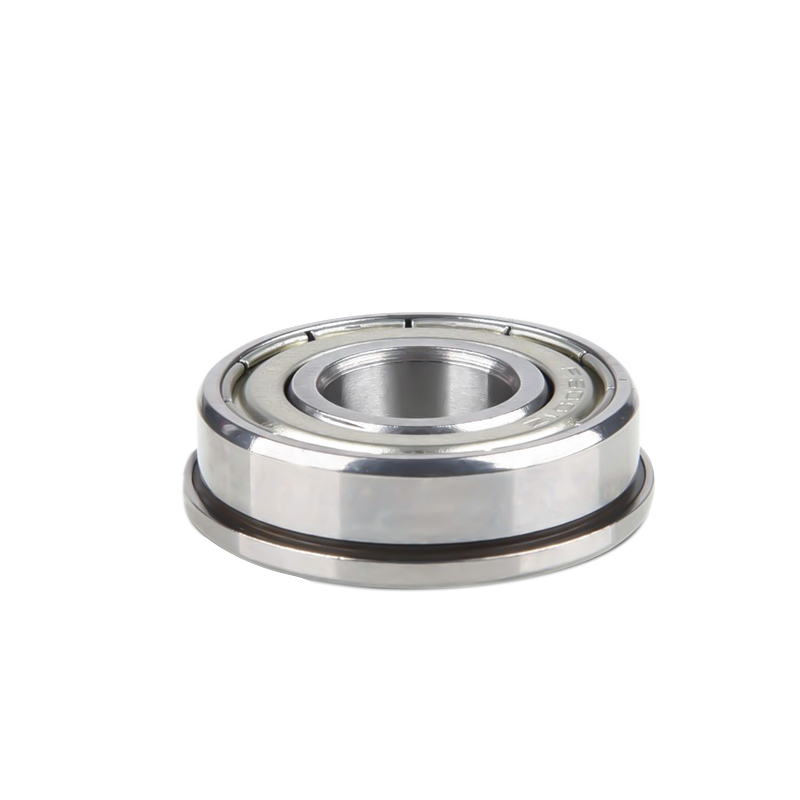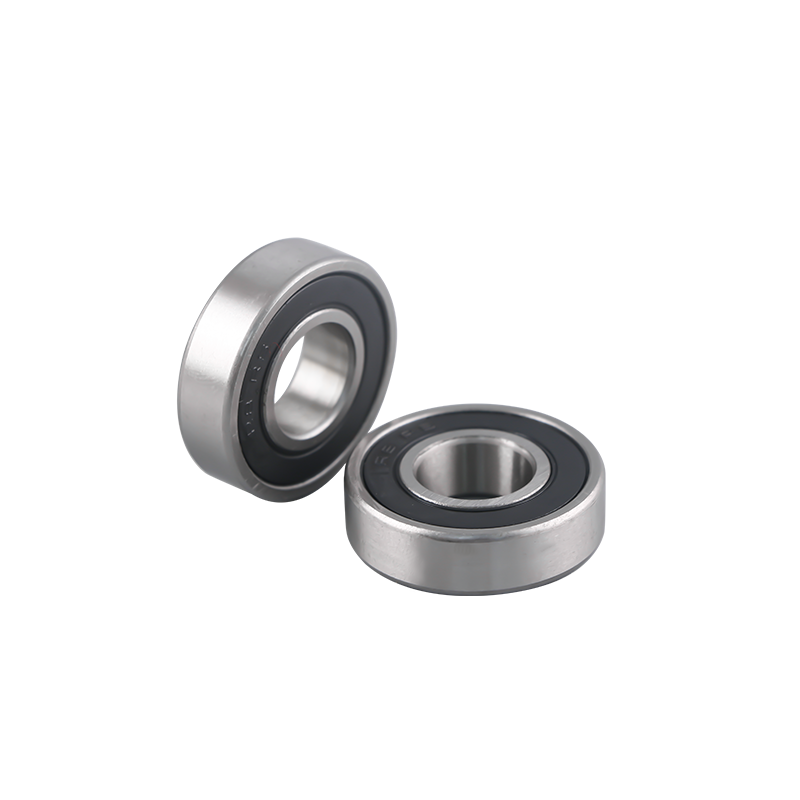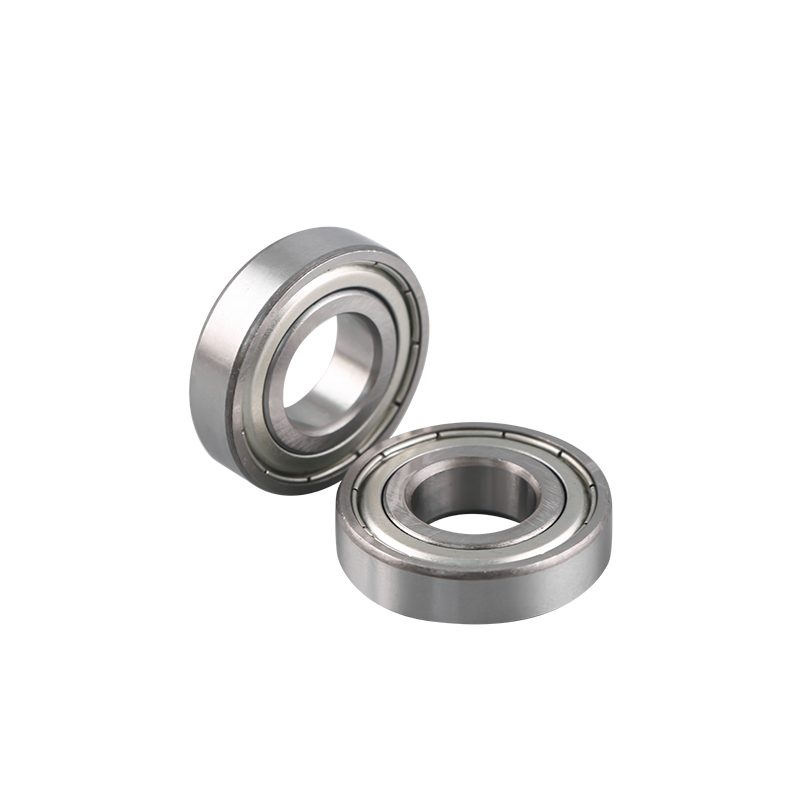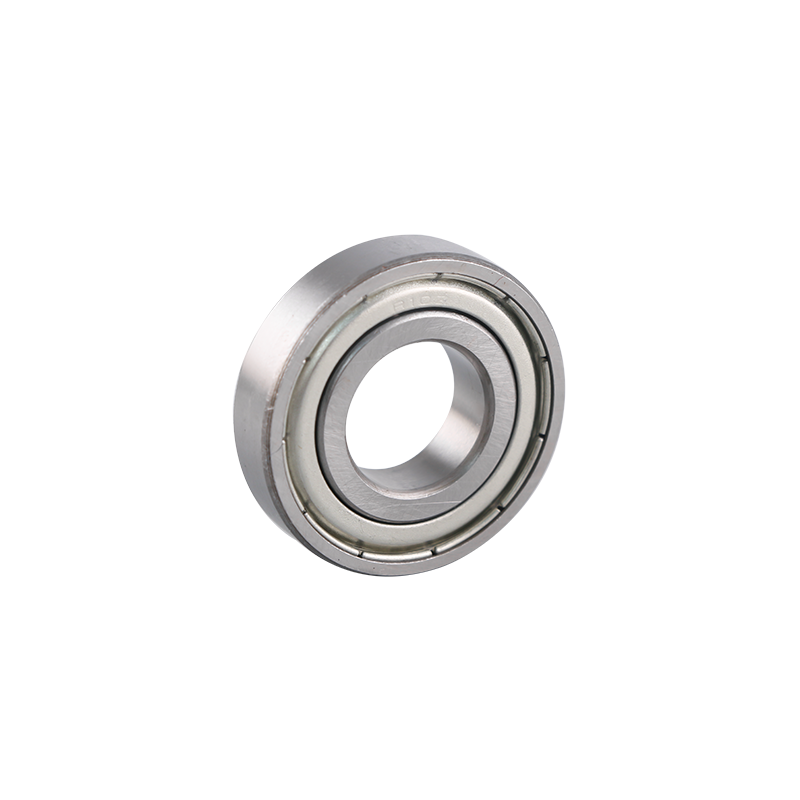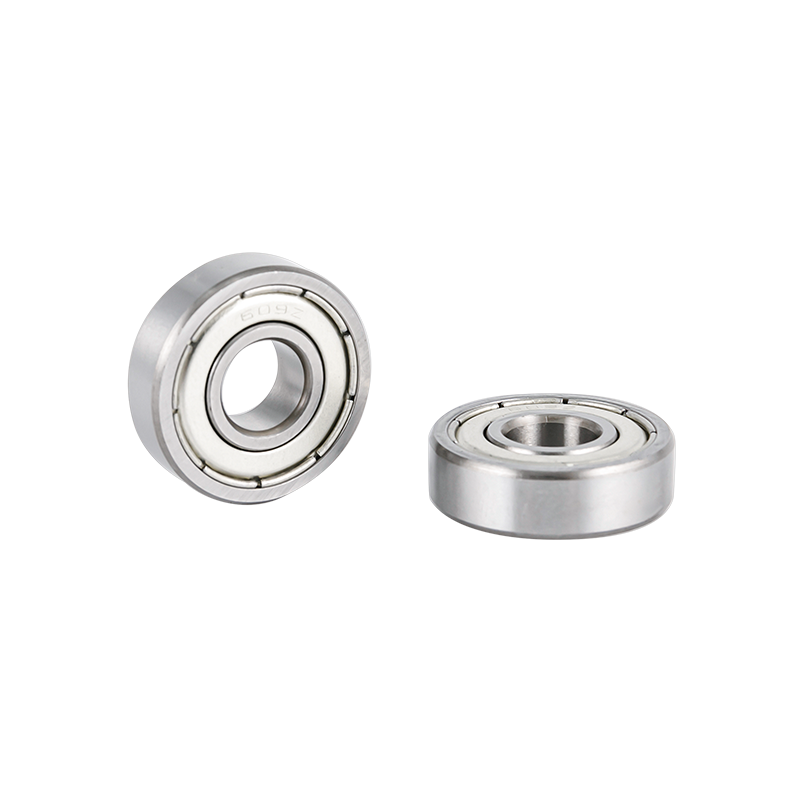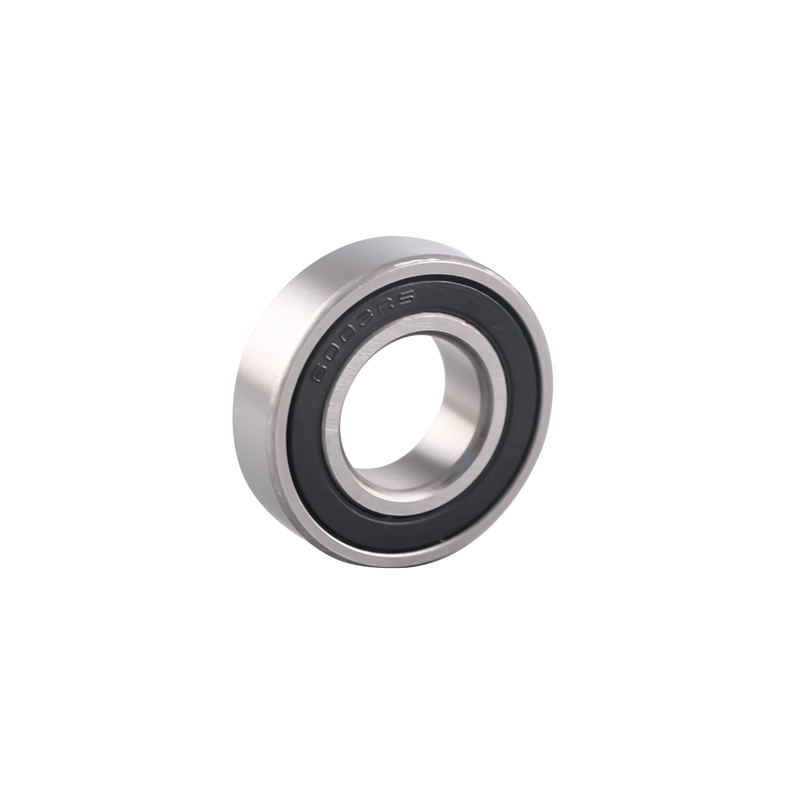Raceways are fundamental elements within deep groove
ball bearings that enable the smooth and efficient rolling of balls, facilitating the bearing's primary functions of load support, reduced friction, and controlled motion.
Inner Raceway:
Function: The inner raceway, located on the inner ring of the bearing, serves as the primary path along which the balls travel. Its design is essential for several reasons:
Load Distribution: The curvature and depth of the inner raceway are meticulously engineered to ensure uniform distribution of radial and axial loads. This even distribution minimizes stress concentrations and prevents premature wear on the bearing components.
Friction Reduction: The smoothness and precision of the inner raceway contribute to reduced friction between the balls and the raceway surface. This lower friction is key to the bearing's efficiency and longevity.
Design Considerations: The inner raceway's design involves factors like its curvature radius, depth, and surface finish. These factors are chosen based on the intended application and load conditions. Deeper raceways are often used for higher load-carrying capacity, while shallower ones may be employed in high-speed applications.
Materials: Inner raceways are typically made of high-quality steel, which offers excellent durability and resistance to wear and deformation. For specialized applications, materials like stainless steel or ceramics may be used.
Precision: Inner raceways are manufactured with extreme precision to meet specific tolerances. Any deviations in dimensions or surface quality can significantly impact the bearing's performance.
Outer Raceway:
Function: The outer raceway complements the inner raceway by providing a parallel path for the balls on the outer ring of the bearing. Its functions include:
Stability: The outer raceway remains stationary within the bearing housing or machine structure, providing stability and support for the entire bearing assembly. This prevents misalignment or deformation.
Support: The outer raceway supports the axial loads transmitted through the bearing, ensuring they are distributed evenly and efficiently to prevent excessive stress on the bearing components.
Design Considerations: Like the inner raceway, the design of the outer raceway also involves factors such as curvature radius, depth, and surface finish. These parameters are selected based on load requirements and the application's operating conditions.
Materials: Outer raceways are typically made from materials like high-quality steel, chosen for its strength and durability. The choice of material can vary depending on factors such as load capacity and environmental conditions.
Sealing: In applications where contamination or moisture is a concern, the outer raceway may incorporate sealing elements, such as rubber or synthetic seals, to protect the bearing's interior. These seals help maintain the raceway's cleanliness and integrity.
Interaction and Alignment:
The interaction between the inner and outer raceways is critical for the bearing's overall performance. The precision engineering of these raceways ensures that the balls maintain consistent contact, distributing loads evenly and reducing localized stress.
Proper alignment of the inner and outer raceways is achieved through precise manufacturing processes and proper mounting. Misalignment can lead to uneven loading, increased friction, and premature wear.
The fit between the inner and outer rings, as well as the balls and the cage, is carefully controlled to maintain the desired preload and bearing play. This fit affects the bearing's performance, including its rotational torque and axial and radial play.
